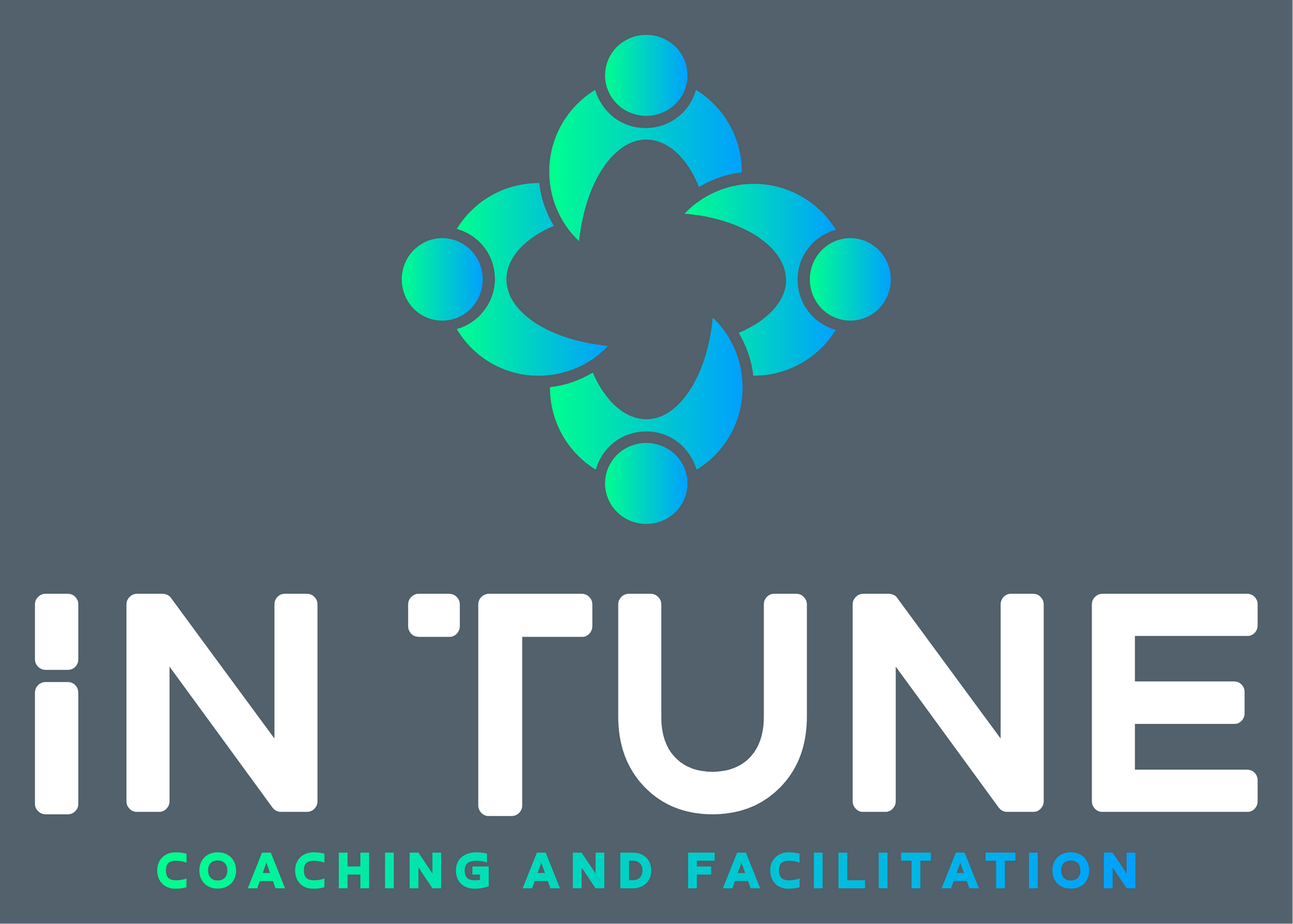Key Concepts from Emotional Agility by Susan David
This is a subtitle for your new post

Introduction
Emotional Agility by Susan David explores the transformative power of navigating life’s challenges with openness, curiosity, and courage. In a world where emotional suppression and rigid thinking often prevail, David’s groundbreaking work provides a roadmap for achieving personal growth, resilience, and authentic success. Drawing on decades of research in psychology, as well as her own experiences, David introduces a four-step process to help individuals break free from emotional patterns that hinder their progress and move toward a life of greater fulfillment and meaning.
What Is Emotional Agility?
Emotional agility is the ability to approach emotions and thoughts with acceptance, rather than avoidance or resistance. David argues that emotional rigidity—the tendency to suppress emotions or become overly attached to them—can create roadblocks to personal and professional growth. Emotional agility, on the other hand, allows individuals to respond flexibly and thoughtfully, adapting to life’s ups and downs while staying aligned with their values and goals.
Key takeaway: Emotional agility is not about avoiding difficult emotions; it’s about embracing them as a natural part of life and learning how to navigate them effectively.
The Four-Step Process of Emotional Agility
- Showing Up
The first step is to face your emotions with curiosity and compassion. David emphasizes that all emotions, even uncomfortable ones like fear or anger, provide valuable insights. Instead of labeling emotions as “good” or “bad,” we should acknowledge them without judgment. - Actionable Tip: When you feel a strong emotion, take a moment to name it. For example, say, “I’m feeling frustrated right now.” Naming emotions helps you gain clarity and reduces their intensity.
- Stepping Out
This step involves creating space between you and your emotions. By stepping back, you can observe your thoughts and feelings as temporary experiences, rather than letting them define you. This practice, rooted in mindfulness, allows for greater self-awareness and intentional decision-making. - Actionable Tip: Try a brief mindfulness exercise. Close your eyes, take a few deep breaths, and observe your thoughts without trying to change them. Imagine them as clouds passing in the sky.
- Walking Your Why
At the heart of emotional agility is staying true to your values. This step encourages you to identify what truly matters to you and use your values as a compass for making decisions, even when emotions run high. - Actionable Tip: Reflect on your core values. What drives your actions and decisions? Write down three values that are most important to you and consider how they can guide your daily life.
- Moving On
The final step is about making small, meaningful changes that align with your values. Rather than aiming for perfection, focus on taking deliberate, incremental actions that lead to growth and progress. - Actionable Tip: Identify one small action you can take today to align your behavior with your values. For example, if connection is a core value, you might call a loved one or express gratitude to a colleague.
Key Insights from Emotional Agility
- The Power of Acceptance
Suppressing or ignoring emotions doesn’t make them go away; it amplifies them. Accepting emotions as they are—without trying to “fix” them—is a crucial step toward emotional well-being. - The Importance of Self-Compassion
David emphasizes the role of self-compassion in building resilience. Treat yourself with the same kindness and understanding you would offer a friend. - Letting Go of “Hooky” Thoughts
“Hooky” thoughts are those that pull you into unhelpful patterns of self-criticism or rumination. By recognizing these thoughts and reframing them, you can break free from their grip. - The Role of Micro-Decisions
Big changes often result from small, consistent decisions. By focusing on micro-decisions that align with your values, you can build momentum toward meaningful goals.
Applying Emotional Agility in Daily Life
- In the Workplace: Emotional agility can help you manage stress, adapt to change, and improve collaboration. For example, practicing mindfulness during a challenging project can prevent emotional overwhelm and enhance focus.
- In Relationships: Being emotionally agile fosters deeper connections. By showing up with empathy and vulnerability, you create space for honest, meaningful communication.
- In Personal Growth: Emotional agility empowers you to navigate setbacks with resilience. Instead of viewing failures as roadblocks, you can see them as opportunities for learning and growth.
Conclusion
Emotional Agility by Susan David is a transformative guide to navigating life with authenticity and resilience. By embracing your emotions and staying true to your values, you can unlock greater clarity, connection, and purpose. Whether you’re facing personal challenges, striving for professional success, or seeking deeper relationships, emotional agility provides the tools to thrive in a constantly changing world.
Suggested Reading to Deepen Your Understanding
If Susan David's Emotional Agility resonated with you, consider diving into these complementary books to expand your knowledge and apply these principles further:
- Radical Acceptance by Tara Brach (Check it out on Amazon*)
This book provides a powerful guide to embracing yourself and your emotions fully, which complements the themes of acceptance and self-compassion in Emotional Agility. - Daring Greatly by Brené Brown (Check it out on Amazon*)
Explore the power of vulnerability and its role in authentic living and effective emotional navigation—a perfect follow-up to David's work on emotional resilience. - The Happiness Trap by Russ Harris (Check it out on Amazon*)
Grounded in Acceptance and Commitment Therapy (ACT), this book offers practical exercises and insights to help you let go of unhelpful emotions and live with purpose. - Atomic Habits by James Clear (Check it out on Amazon*)
For readers interested in creating lasting change through small, consistent habits, Atomic Habits is an excellent resource that ties into the concept of values-aligned action. - Man’s Search for Meaning by Viktor Frankl (Check it out on Amazon*)
Frankl’s exploration of meaning, even in the face of great adversity, complements the focus on purpose and values in Emotional Agility.
*Note: As an Amazon Affiliate, I earn from qualifying purchases made through the links in this post. Thank you for supporting my work!
Stay Tuned with Tune In: Your Go-To for Inspiration and Personal Growth
Join the In Tune community and get exclusive updates on our latest blog posts straight to your inbox! ✨
From mindfulness tips to insights on living a more fulfilling life, we’ve got the tools to help you tune into your best self.
Sign up today and never miss a beat! 🎶




